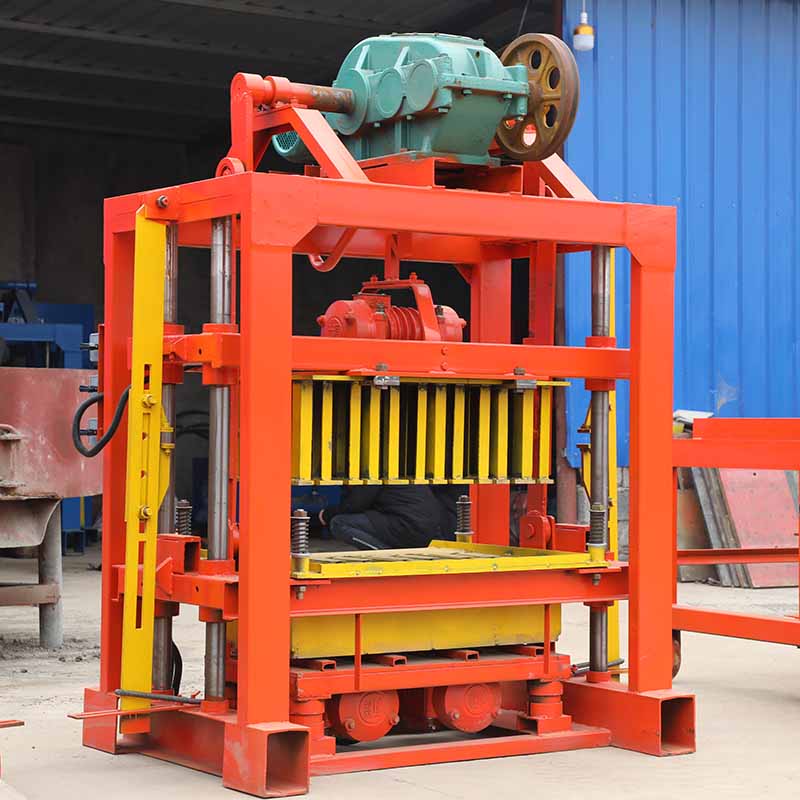
Image source:Aiwei block machine
Introduction
The construction industry is a driving force in the growth of African nations, but it comes with environmental challenges. Brick production, a fundamental component of construction, has often been associated with resource-intensive practices. However, a growing awareness of sustainability has led to the adoption of eco-friendly and efficient methods in brick production. In this article, we explore the sustainable practices employed in brick production using machines in Africa, highlighting the benefits for the environment, society, and the industry’s future.
1. Eco-Friendly Brick Materials
Traditionally, brick production heavily relies on clay, which can deplete natural resources and disrupt ecosystems. To address this, sustainable brick makers in Africa are exploring alternative materials.
- Recycled Materials: Some brick manufacturers incorporate recycled materials like fly ash, slag, or construction waste into their bricks, reducing the demand for virgin resources.
- Compressed Earth Blocks: Compressed earth blocks, made from locally sourced soil, are gaining popularity due to their sustainability and low environmental impact.
- Eco-Friendly Binders: Research into eco-friendly binders, such as lime or rice husk ash, is ongoing, offering more sustainable alternatives to traditional cement.
2. Efficient Kiln Technologies
Kilns play a crucial role in brick production, but traditional kilns can be highly energy-intensive and contribute to greenhouse gas emissions. Sustainable practices involve the adoption of energy-efficient kiln technologies.
- Improved Kiln Designs: Advanced kiln designs, such as zig-zag or tunnel kilns, enhance fuel efficiency and reduce emissions.
- Biomass and Solar Power: Some brick makers are shifting to biomass or solar-powered kilns, minimizing reliance on fossil fuels.
- Waste Heat Recovery: Implementing waste heat recovery systems in kilns can further reduce energy consumption and costs.
3. Resource Efficiency
Sustainable brick production places a strong emphasis on resource efficiency, minimizing waste and optimizing processes.
- Waste Reduction: Brick makers are adopting practices to reduce material wastage during production, improving efficiency and cost-effectiveness.
- Recycling Water: Recycling water used in brick production not only conserves resources but also reduces pollution of water bodies.
- Lean Manufacturing: Implementing lean manufacturing principles helps streamline processes, reducing resource consumption and improving overall efficiency.
4. Local Sourcing and Community Engagement
Sustainability extends beyond materials and processes; it includes the social and economic aspects of brick production.
- Local Sourcing: Locally sourcing raw materials reduces transportation-related emissions and supports local communities.
- Community Engagement: Engaging local communities in brick production fosters social inclusivity and empowers individuals through employment opportunities.
5. Environmental Certifications and Standards
Certifications and standards are becoming essential in promoting sustainable practices in brick production.
- LEED Certification: Brick manufacturers are increasingly aligning with Leadership in Energy and Environmental Design (LEED) standards, which prioritize sustainable building materials.
- ISO 14001: Adoption of the ISO 14001 environmental management system certification demonstrates a commitment to environmental responsibility.
6. Education and Training
Building a culture of sustainability requires education and training at all levels of the brick production industry.
- Worker Training: Proper training ensures that workers are skilled in operating and maintaining machines, reducing errors and waste.
- Consumer Awareness: Educating consumers about the benefits of sustainable bricks encourages demand for eco-friendly products.
7. Sustainable Brick Design
Architects and designers play a crucial role in sustainability by specifying eco-friendly bricks in their projects.
- Design Innovation: Sustainable brick manufacturers are collaborating with architects to create innovative designs that prioritize eco-friendly materials and construction practices.
- Energy Efficiency: Sustainable brick designs can incorporate energy-efficient features, reducing the overall environmental impact of buildings.
Conclusion
Sustainable practices in brick production using machines in Africa are driving a positive transformation in the construction industry. By adopting eco-friendly materials, energy-efficient kilns, and resource-efficient processes, brick makers are reducing their environmental footprint. Furthermore, local sourcing, community engagement, and adherence to environmental certifications are fostering a holistic approach to sustainability. As Africa continues to grow and urbanize, these sustainable practices are not only environmentally responsible but also economically viable, ensuring that the construction industry remains a driver of progress while preserving the planet for future generations.
